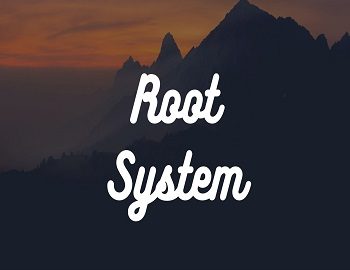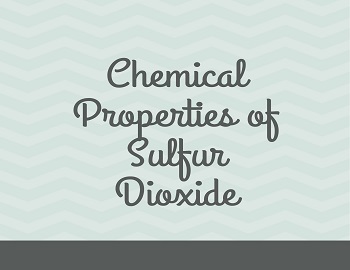Table of Contents
What is Root System?
It is constituted of all the roots of the plant as well as its root hairs, which develops from the radicle of the embryo. It fixes the plant in the soil and absorbs water and minerals in the form of the soil solution.
What are the main characteristics of Root?
- It is descending part of the plant axis which lies inside the soil.
- Chlorophyll is absent. The root is, therefore, non-green.
- Roots are cylindrical structures.
- There is no distinction of nodes and internodes.
- Buds and leaves are usually absent.
- Root cap is present over the apex.
- The growing point is subterminal.
- The branches of root arise from the inner region, thus are endogenous.
- Root possesses root hairs which are always unicellular.
- The roots are positively hydrotropic and geotropic but may be neutral or negatively phototropic.
Describe briefly the various regions of Root?
A typical root possess the following regions under longitudinal section-
Root Cap or Calyptra- It is a cap like parenchymatous multicellular structure which covers the tip of the root. It protects the root meristem from friction when it grows and pushes through the soil particles. The aquatic plants generally lack the root cap.
Meristematic Region or Region of Cell Division- It is a small region present behind the root cap (sub-terminal). It is about 1 mm long. It represents the growing point. Cells are thin, have a large nucleus and are non-vacuolated. It is made up of actively dividing meristematic cells. This region adds new cells and is responsible for the longitudinal growth of the root. It also absorbs mineral salts.
Region of Cell Elongation- It is situated behind the meristematic region. The region of cell elongation is 4-8 mm in length. It continuously receives new cells from the growing point. The cells elongate and bring about growth in the length of the root. The cells of the region of elongation can absorb water and minerals from the soil. They have central vacuoles and peripheral cytoplasm.
Root Hair Zone- Root hair zone is 1-6 cm in length. Root hairs appear from outer cells of this zone in the form of tubular outgrowths. Most of the water absorption takes place through this zone. When the cells of root hair zone mature root hairs shrivel and become non-functional. New root hairs appear in the older parts of region of elongation.
Region of Mature Cells- The region contains mature cells. The surface comes to have thick-walled impermeable cells. There is no absorption of water or mineral salts by surface cells. At places, endogenous growth produces lateral roots. The region of mature cells constitutes the bulk of the root. Secondary growth may occur. Example- dicots, gymnosperms.
Various Functions of Roots:
- Roots fix the plant in the soil. They also provide mechanical support to the aerial parts against gravity and wind.
- Roots absorb water and minerals from the soil and help in their conduction to various parts of the plant body.
- They help in the prevention of soil erosion.
- The prop roots banyan, stilt roots in Rhizophora and contractile roots of onion, garlic and lily provide mechanical support to the plant body.
- The roots of some plants help in the storage of food as in carrot, turnip and radish etc.
- Some roots are photosynthetic in their function as they possess chlorophyll. Example- Tinospora, Trapa, Podostemum and Taeniophyllum.
- The nodulated roots of a pea, beans, gram etc. help in performing the process of biological nitrogen fixation.
- The mycorrhizal roots help the plant in the absorption of phosphorous and nitrogen from organic sources.
- The epiphytic roots and young prop roots of banyan help in absorbing water from the air.
- In plants like Cuscuta, roots penetrate the host stem to obtain food and water, thus behaving as haustorial roots.
- Reproductive roots can develop adventitious buds and take part in vegetative propagation. Example- Poplar, Dahlia, Dalbergia, Sweet Potato.




![Pithecanthropus Erectus [Java Man] 5 Pithecanthropus Erectus](https://gkscientist.com/wp-content/uploads/2021/05/Pithecanthropus-Erectus.jpg)




Comments (No)